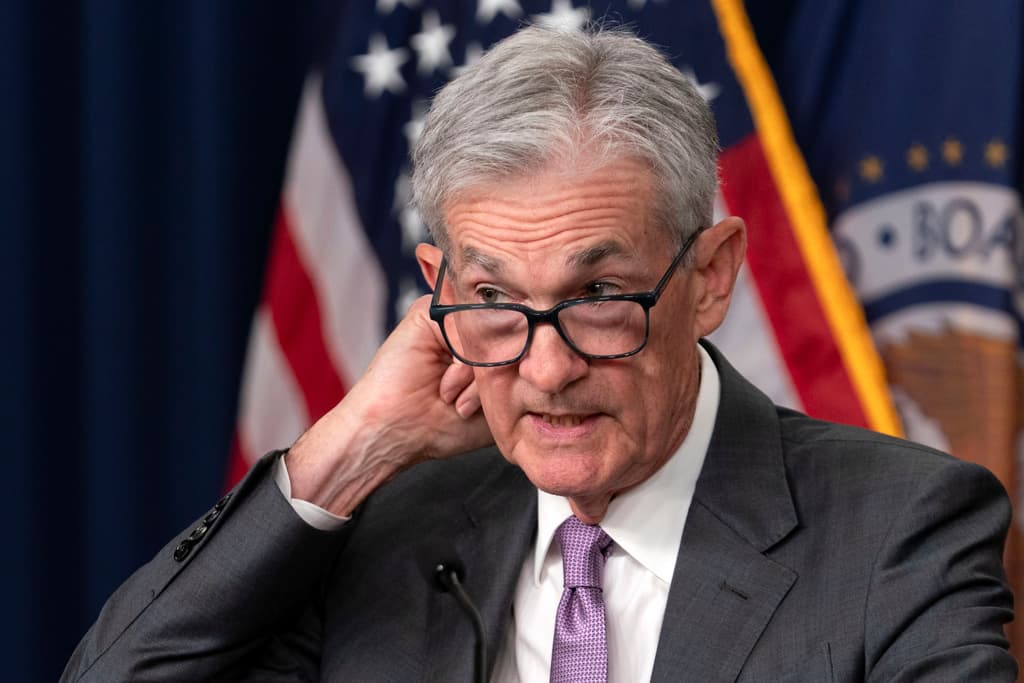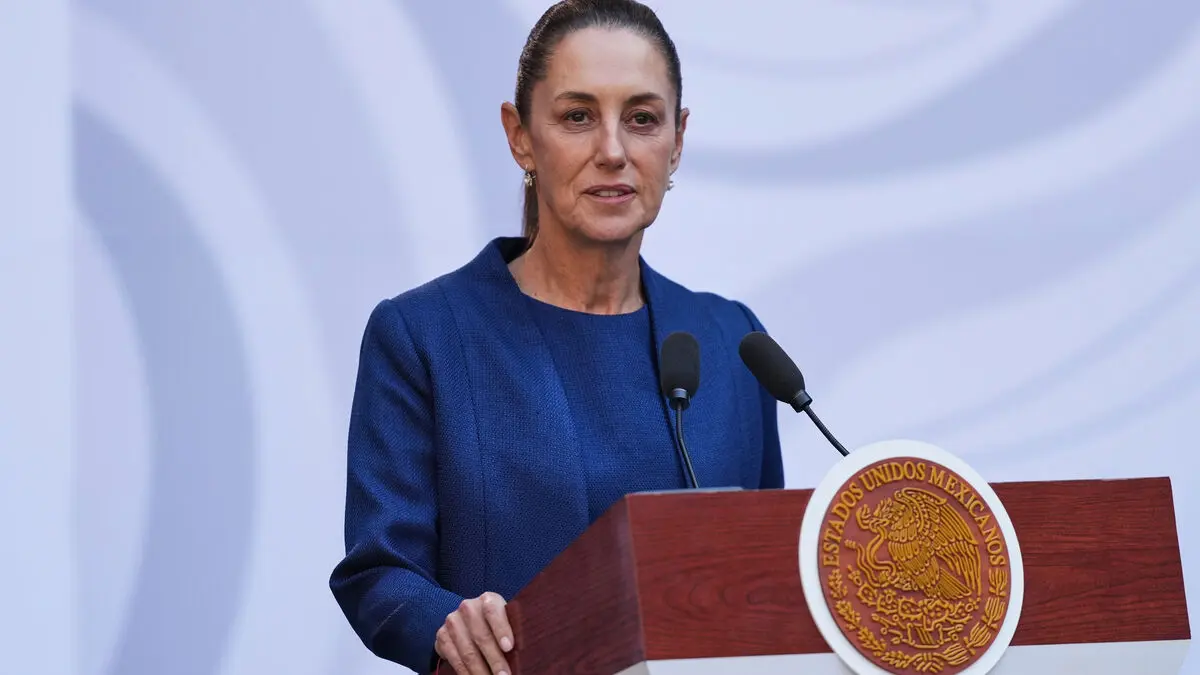Weak job figures from the USA – in combination with geopolitical unrest and a significant currency-linked interest rate correction in Japan – contributed to shaking the market last week.
Most stock exchanges have since recovered. But concerns about the economy remain – not least in the USA – and have begun to push aside the inflation concerns that have dominated since 2022.
Increased likelihood of double rate cut
The Statistics Sweden (SCB) will present the July figures just hours before the USA figures. These figures, along with inflation expectations from Prospera on Thursday, will be crucial for next week's interest rate decision from the Swedish Central Bank.
The Swedish Central Bank is currently expected to lower the repo rate by 0.25 percentage points to 3.50 percent. In market pricing, there is even a small but increasing likelihood of a double rate cut of 0.50 percentage points to 3.25 percent.
One should not entirely rule out a double rate cut. But the Swedish Central Bank was early to lower the interest rate in May and they have several meetings left this year and can in their communication add an additional rate cut later on, says Olle Holmgren.
He warns that it could get messy on the market again if there are surprising figures from the USA:
It could. Inflation in the USA was very stable before the pandemic. But now there have been larger surprises, both on the upside and downside for a while.
However, looking at the underlying trend, optimism that inflation is heading down has increased.
Soft landing main scenario
A continued decline in rents in the USA – which fell back in June – could, according to Holmgren, help strengthen the downward inflation trend.
The market expects the US central bank Federal Reserve (Fed) to lower the interest rate by 1 percentage point this year, to 4.25-4.50 percent. With three rate meetings left, the Fed is thus expected to deliver at least one so-called double rate cut of 0.50 percentage points.
There is always an uncertainty about how fast and deep it will go if the economy starts to slow down. But so far, it looks like the scenario with a soft landing where inflation comes down, the Fed lowers interest rates, and growth holds up fairly well is the main scenario, says Holmgren.
The next interest rate decision from the Fed comes on September 18.
The average forecast among analysts is that consumer prices in the USA increased by 0.2 percent in July compared to the previous month, and that inflation according to the so-called CPI measure was 3.0 percent, according to a compilation of forecasts made by the news agency Bloomberg.
In June, consumer prices in the USA fell by 0.1 percent compared to the previous month, which gave an inflation rate of 3.0 percent.
The core inflation – which excludes energy and food prices – is also expected to have increased by 0.2 percent, which would give an annual rate of 3.2 percent. This can be compared to a core inflation rate of 3.3 percent in June and price increases excluding energy and food prices of 0.1 percent in June.
The long-term inflation target for the US central bank Federal Reserve (Fed) is 2 percent. The Fed then uses the so-called PCE inflation, which is a more consumption-based measure than the traditional CPI inflation calculated from a basket of goods.






